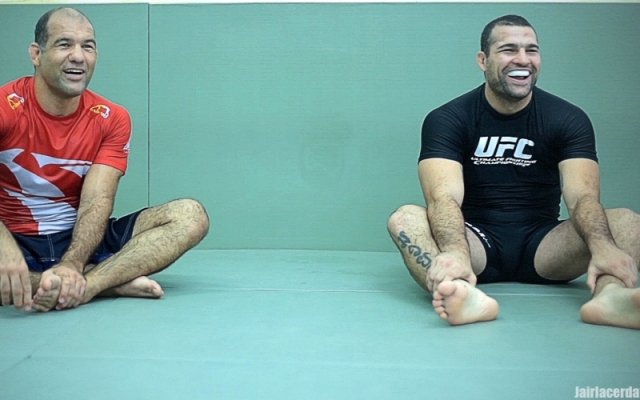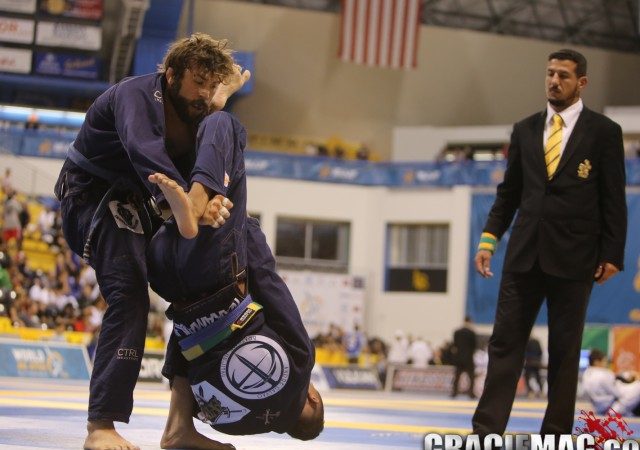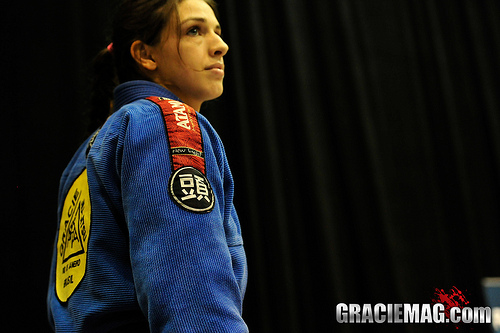
Professor Cleiber Maia teaches BJJ in Rio de Janeiro. Courtesy of Cleiber Maia
A BJJ teacher with an MBA in sports management, Cleiber Maia (LPM) is always studying to be a better teacher. Cleiber has written an instructive article to help his students get further and make gyms more profitable. We took five of Cleiber’s tips and set them aside for you.
1- “A good teacher isn’t afraid of losing the student. Those afraid of losing students worry more about pleasing than educating. Education demands that discomfort that will make the student leave the point where they are to move to a better one.”
2- “Teaching BJJ is more than a job — it’s a mission. Just like in life and competitions, in the career of a teacher we also get unsatisfying results sometimes. Only those who face teaching BJJ as a mission have the strength to get through the hard times.”
3- “You are worth what you represent. The value of things is in what they represent — not just in what is delivered. The causes you defend, that which you cherish, the way of speaking, what you expose on social media, the way of dressing and even your posture will be the reference to others of what you represent and, consequently, of your value. Before complaining about low income, reflect on whether you represent what your audience cherishes. Sometimes it is better to change your position on the market than to try to appear to be what you are not.”
4- “Integrity is the secret to a long life as a BJJ teacher. A teacher must pay attention, in a balanced way, to family, friends, spouse, studies and leisure. By the way, this manner of committing to all areas of our life must be stimulated by the teacher from the get-go — otherwise, there is a big risk of losing a BJJ practitioner along the way.”
5- “Ramp up the pace of learning with liberating attitudes. Don’t create expectations regarding the pace of learning in BJJ, because it is directly connected to matters outside the school. Often, technique is overestimated, when in fact 99% of fights are decided on attitude. Technique is only good to avoid wasting energy. It is key that the teacher develop the capacity to stimulate ‘liberating’ attitudes at critical moments of the fight, with the goal of breaking behavioral ruts and limiting beliefs. The difference between the teacher and the master is in the ability to amplify the perception of what is ‘possible’ for the student.”



